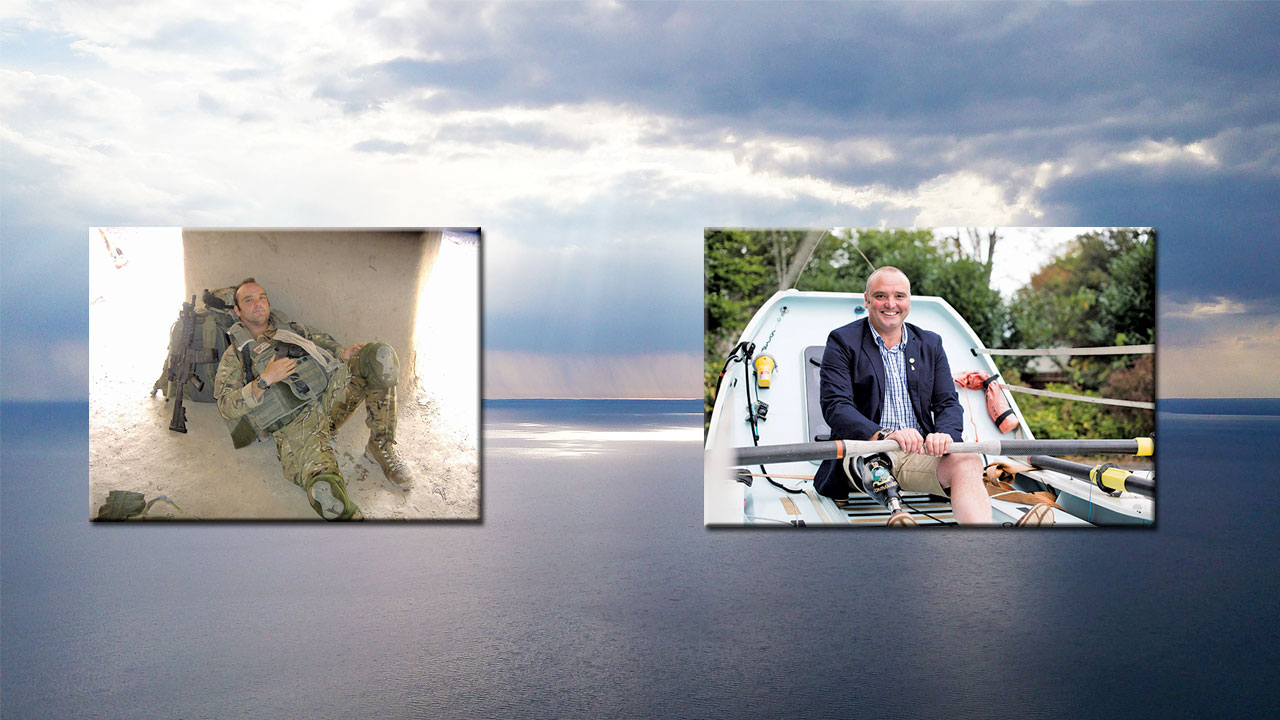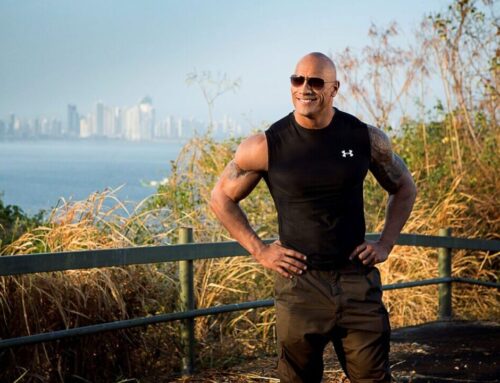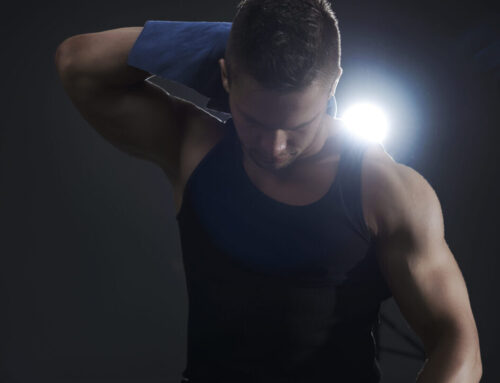After 22 years in the Royal Marines, it was a freak accident that claimed Lee Spencer’s left leg…TRAIN Magazine caught up with Lee to find out about his amazing transformation in both body and mind.
Vital Stats
Before
• Height: 5ft 10in
• Weight: 189lb
• Body fat: 22%
After
• Height: 5ft 10in
• Weight: 210lb
• Body fat: 16%
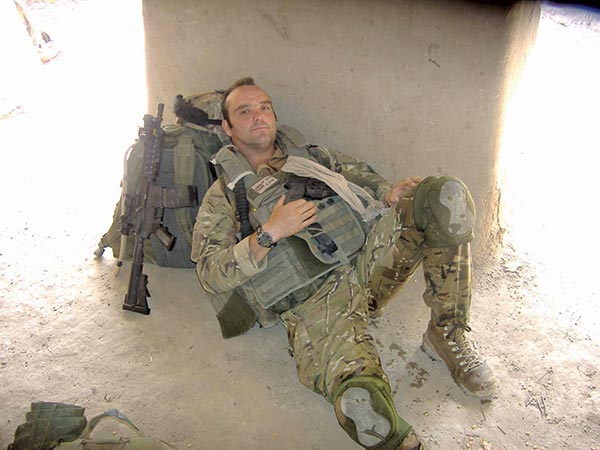
Q. Can you explain the story behind your leg?
A. I stopped to help at the scene of an accident on the highway. I was hit by an engine block from a vehicle that had crashed into the central reservation and, as I was helping, another vehicle crashed into it.
My right leg was amputated and my left knee completely dislocated. With the help of passers-by, I managed to get a tourniquet on while someone else stood on my femoral artery, which saved my life. Ironically, I survived being a Royal Marines Commando for 22 years before I lost my leg.
Q. What challenges has this presented you, physically and mentally?
A. Going from someone who was the very definition of physicality, to a disabled person was the biggest challenge I faced.
Running is beyond me now and anything that involves walking is extremely difficult. Phantom pain, and pain generally, are part of my life.
I decided to concentrate on what I can do, rather than what I can’t. Six months before I lost my leg, I ran 52 miles for charity.
I still walk on the moor as it improves core stability and now, I’ve noticed I take every bit of scenery in where I might have ignored it before.
Q. How did you get motivated to train?
A. My motivation to train immediately after I lost my leg was to walk again – and then to walk better. I then set personal goals around raising £10k for charity in the first year as an amputee, like walking up the Rock of Gibraltar.
In my second year, I was selected for the first all-amputee crew of four to row the Atlantic Ocean. I think that having a focus or goal has always been my main motivation.
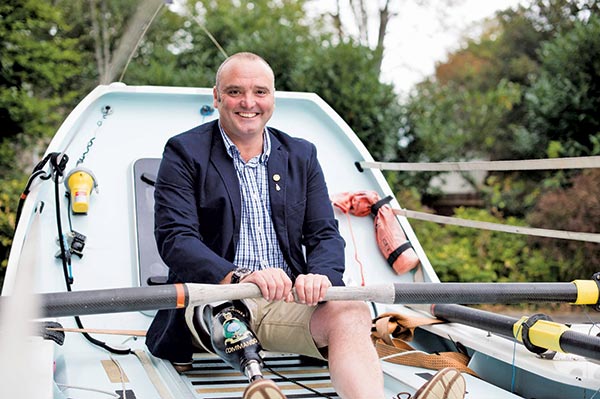
Q. How did you have to adapt your training and diet?
A. I really had to adapt my diet after I turned 40, because I found I couldn’t eat what I liked anymore. In terms of my training program, I’ve had to replace running with rowing on an ergo and cycling as the mainstay of my fitness regime.
Q. What would you say has been your biggest achievement?
A. Rowing the Atlantic in 46 days, six hours and 49 minutes with the world’s first physically disabled crew of four with Row2Recovery.
We came eighth out of 25 boats, beating able-bodied crews and earning a Guinness World Record!
Q. What are your current goals and future plans?
A. In January, I will row solo from Gibraltar to Venezuela, in an attempt to set a new Guinness World Record as the first physically disabled person to row an ocean from continent to continent. I’m also aiming to beat the current able-bodied record of 96 days 12 hours and 45 minutes.
Gaining two more world records is important, as I want to prove disability should never define a person.
For more book reviews, nutrition, and workouts, get TRAIN magazine direct into your inbox every month for free by signing up to our newsletter


